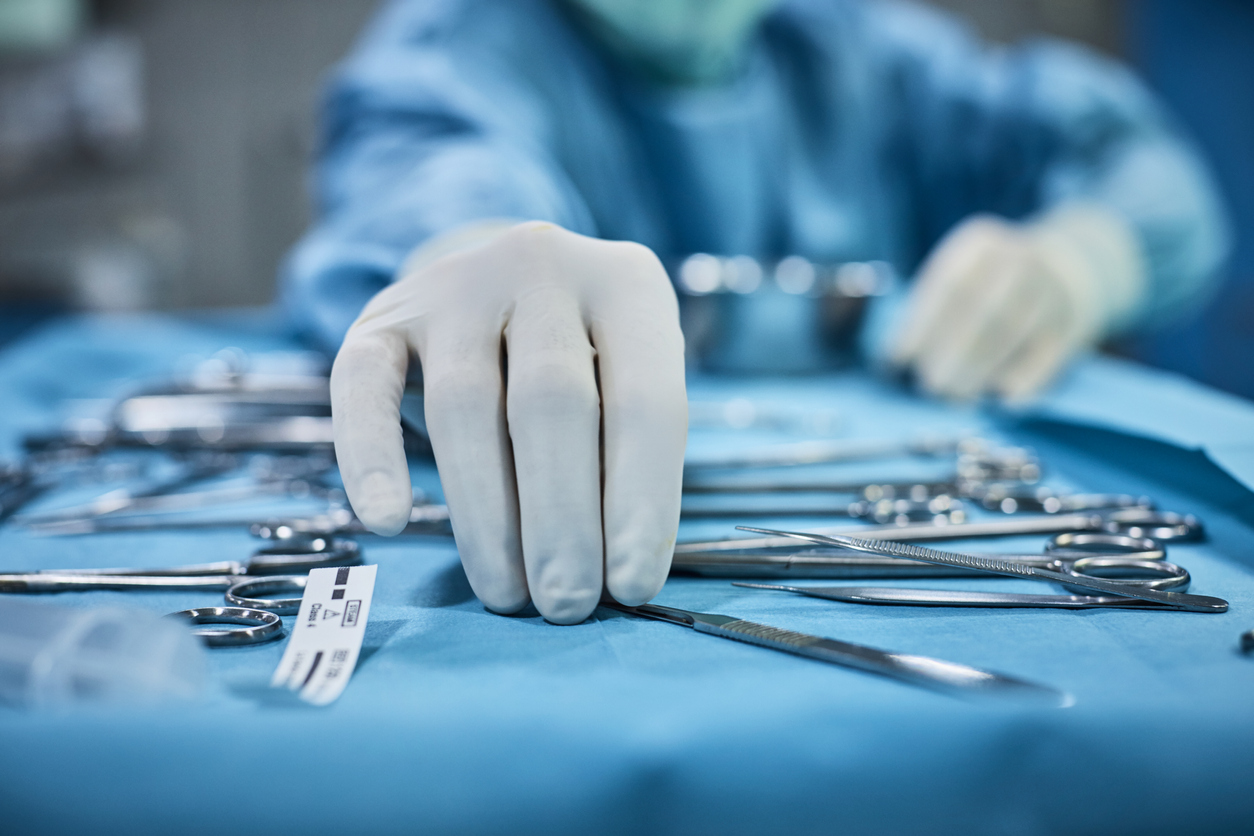Duodenal switch or DS is a type of weight loss surgery that combines restrictive and malabsorptive procedures. This bariatric surgery involves reducing the size of the stomach and rerouting a portion of the small intestine to decrease the absorption of calories and nutrients. This procedure has been proven effective in helping obese individuals achieve significant weight loss. However, like any surgical procedure, DS has its advantages and risks. In this blog post, we will discuss the pros and cons of duodenal switch surgery.
Advantages of Duodenal Switch
a. Significant Weight Loss: DS is one of the most effective weight loss surgeries available. Patients can lose up to 80 percent of their excess weight within the first year after surgery.
b. Improvement in Health Conditions: DS has been shown to improve or even resolve many comorbidities associated with obesity such as type 2 diabetes, high blood pressure, sleep apnea, and joint pain.
c. Reduced Appetite: After surgery, patients experience a decrease in appetite and desire for food because the procedure alters the gut hormones that regulate satiety and hunger.
d. Long-Term Maintenance: Because of the significant weight loss and reduction of health risks, DS patients are more likely to keep the weight off and maintain a healthier lifestyle.
Risks of Duodenal Switch
a. Nutritional Deficiencies: Because the DS procedure reduces nutrient absorption, patients may be at risk of vitamin and mineral deficiencies. To prevent this, patients are required to take daily supplements and follow strict dietary guidelines.
b. Bowel Obstruction: DS surgery can cause adhesions (scar tissue) to form in the abdominal cavity, which could lead to bowel obstructions.
c. Dumping Syndrome: This is a condition that can occur after surgery where food moves too quickly through the digestive tract, causing nausea, diarrhea, and abdominal cramping.
d. Cost: DS surgery can be expensive and not all insurance companies cover it. Patients need to consider the financial cost in addition to the physical risks.
Preparing for Duodenal Switch
a. Consultation with a Bariatric Surgeon: Patients who are considering DS should consult with a qualified bariatric surgeon to evaluate their candidacy, discuss risks and benefits, and answer any questions they may have.
b. Lifestyle Changes: Patients need to make significant lifestyle changes. This includes adopting a healthy diet, engaging in regular exercise, and quitting smoking.
c. Psychological Evaluation: Patients may require a psychological evaluation to ensure they can handle the emotional and social changes that come with weight loss surgery.
d. Pre-Surgery Preparations: Patients need to follow instructions carefully leading up to surgery, which may include dietary restrictions and preparation for recovery after surgery.
Recovery from Duodenal Switch
a. Hospital Stay: DS surgery generally requires a hospital stay of up to three days, during which the patient will be monitored for complications and receive pain management.
b. Postoperative Diet: After surgery, patients will need to follow a specific diet plan that gradually reintroduces solid food over several weeks.
c. Physical Activity: Patients should aim to walk or engage in light activity immediately after surgery but should avoid strenuous physical activity for several weeks.
d. Support and Follow-Up Care: Patients require ongoing support from bariatric care teams to monitor their progress, manage any complications, and promote long-term success.
Duodenal switch is a highly effective weight loss surgery that can offer numerous benefits for patients struggling with obesity and related health conditions. While there are risks associated with any surgical procedure, those considering DS surgery should speak with their doctor to determine if they are a good candidate and to make an informed decision about treatment. Additionally, patients must commit to making significant lifestyle changes, following strict dietary guidelines, taking daily supplements, and attending regular check-ups with their care team to achieve and maintain successful long-term outcomes.
Disclaimer: The content on this blog is intended for general informational purposes only. It is not a substitute for professional medical advice, diagnosis, or treatment. Always consult qualified healthcare providers for personalized advice. Information regarding plastic surgery, dental treatment, hair transplant, and other medical procedures is educational and not a guarantee of results. We do not assume liability for actions taken based on blog content. Medical knowledge evolves; verify information and consult professionals. External links do not imply endorsement. By using this blog, you agree to these terms.










